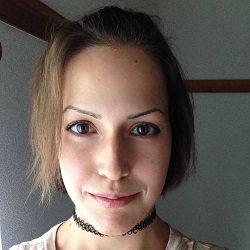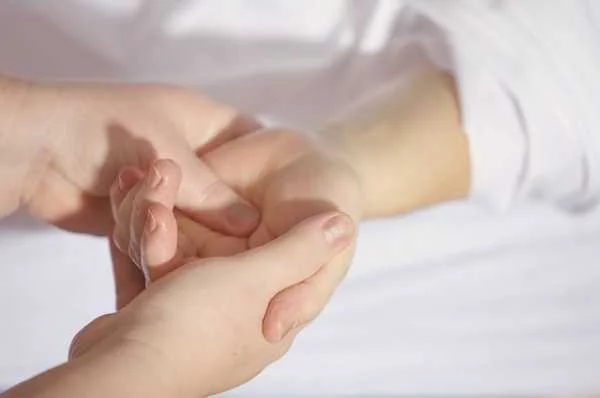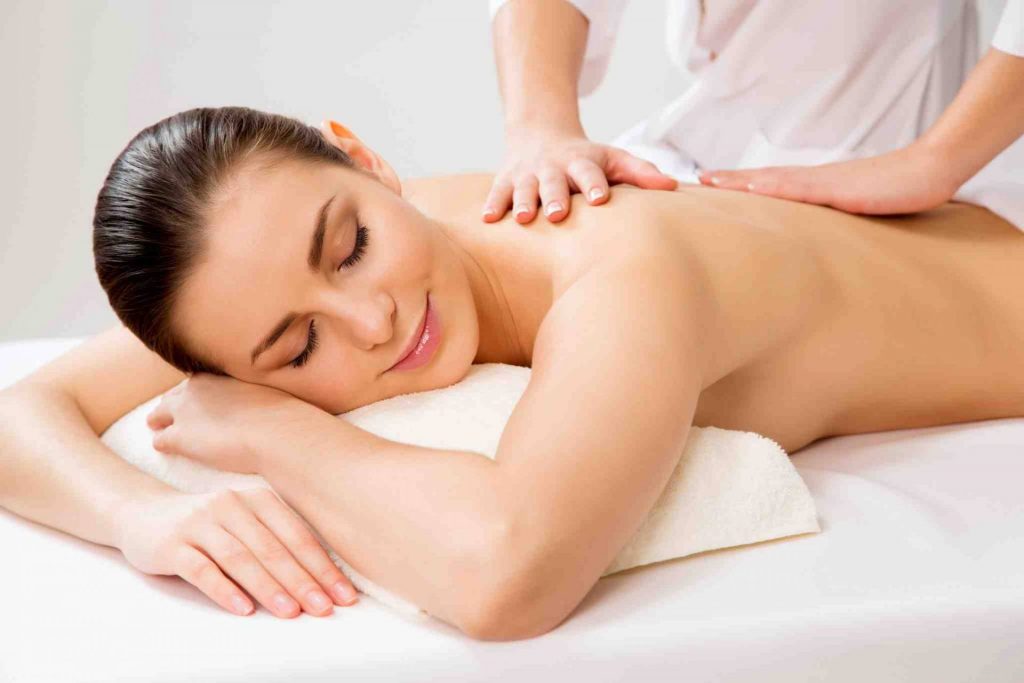Whether you heard it on an infomercial or when walking through the shopping mall, the word “shiatsu” is buzzing. You might know that it is a form of massage therapy, but what else is involved?
Shiatsu is certainly a unique kind of physical therapy – a blend of Japanese and Chinese medicine, with the scientific background of many Western styles. If your curiosity about this amazing bodywork has been piqued, then here is everything you ever wanted to know about shiatsu.
What is shiatsu?
The technique behind shiatsu has to deal with the way the therapist uses their fingers, thumbs, feet, and palm to aid in various assisted stretches, joint mobilization, and manipulation.
Comfortable pressure is applied to certain areas of the body to aid in a healthy flow of energy. Overall, the patient can expect a variety of pressing, tapping, kneading, and similar motions to be applied without oil. The therapy is also applied through light clothing.
More: 18 Effective Ways to Stay Young
Where does shiatsu originate?
Shiatsu hails from Japan but has influences in traditional Chinese medicine. The translation of shiatsu is “finger pressure,” which pretty much describes the bodywork. Over time, the Japanese modified shiatsu to better suit their physiology and the climate of their country.
The major influence from Chinese medicine is the philosophical belief that “Qi” runs throughout the entire body. There are concentrations of Qi, called meridians and Vital Points, that sometimes get congested.
When this happens, negative symptoms grow more and more prominent. Shiatsu works along these meridians and around the vital points to stimulate Qi and break down blockages in the energy.
In the 20th century, a practitioner named Tamai Tempaku looked at Western anatomy and physiology research, including physiotherapy and chiropractic science, and developed the shiatsu technique most commonly used today. In 1964, the Japanese Government officially recognized shiatsu as a therapy separate from other well-known massage styles.
What are the benefits?
If you are one of those people who does not like the thought of stripping down to your birthday suit for a massage, then shiatsu may be right for you. All you need to do is wear light clothing.
Shiatsu is recommended for an array of conditions including musculoskeletal and emotional ones. Just the gentle kneading of sore muscles alone can decrease overall stiffness and soothe a restless nervous system.
Should you be suffering from issues like headaches, PMS, digestion complications, fatigue, stress, anxiety, chronic pain, or fibromyalgia, consider having a session or two of shiatsu.
Other benefits include:
- Restores energy
- Promotes healthy circulation
- Aids in healing sprains and strains
- Relieves arthritis
- Clears cough, colds, sinus and respiratory issues
As with any decent massage or physical therapy, one session will make a difference, but it is maintaining a regular schedule with shiatsu that will stabilize the results for the long term.
Depending on your work-life balance, two or three sessions may be all you can do, and that is fine. Others may require, or desire, more than that per month.
More: 7 Summer Worries That Every Woman Has
Overall, shiatsu is a massage technique that works with Qi, or energy. The therapist kneads, taps, stretches and applies pressure to specific regions of the body to help you mentally and physically relax. Shiatsu is an old and trusted technique, so you can trust in the results and feel better in no time.







